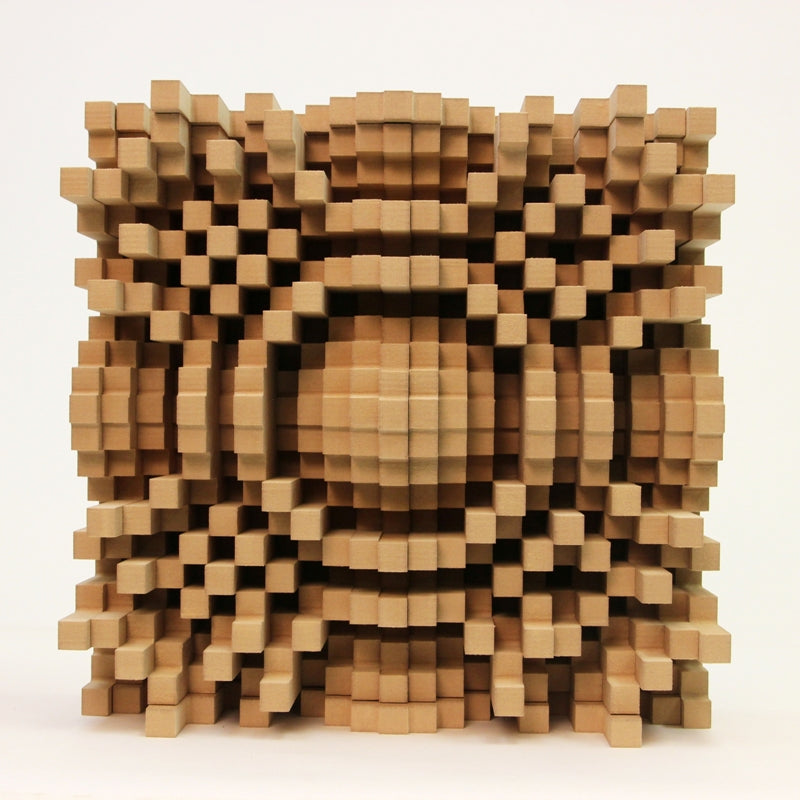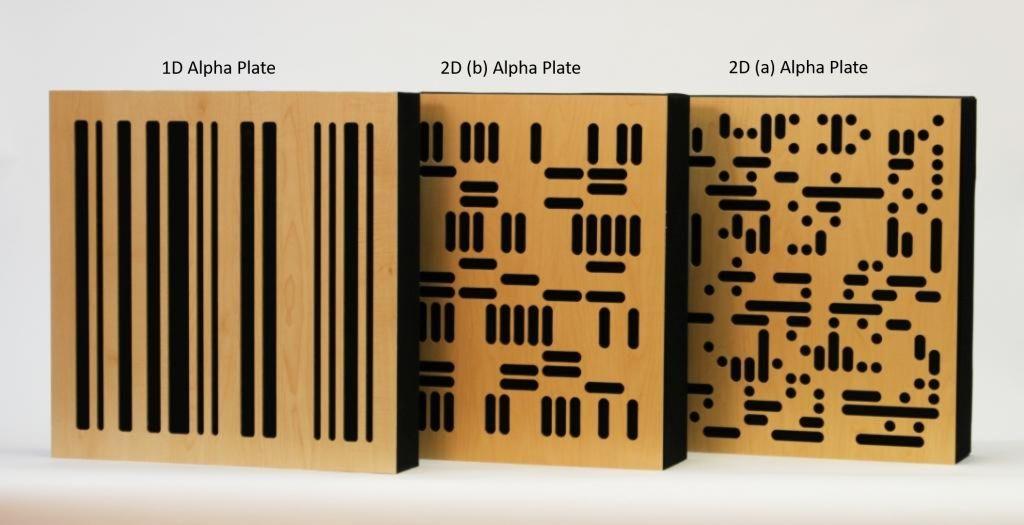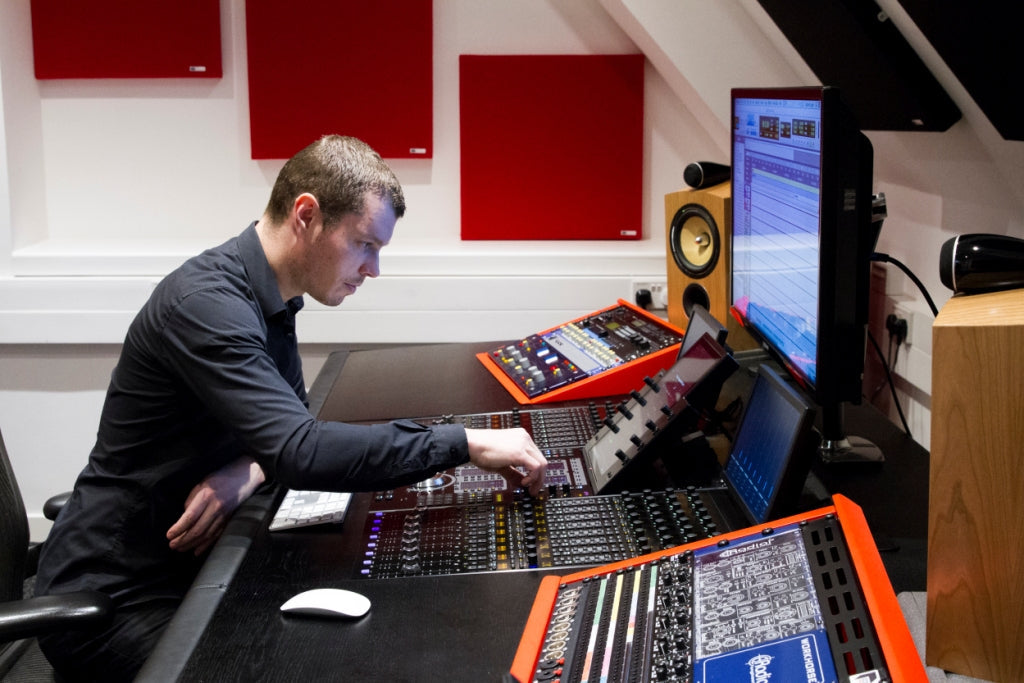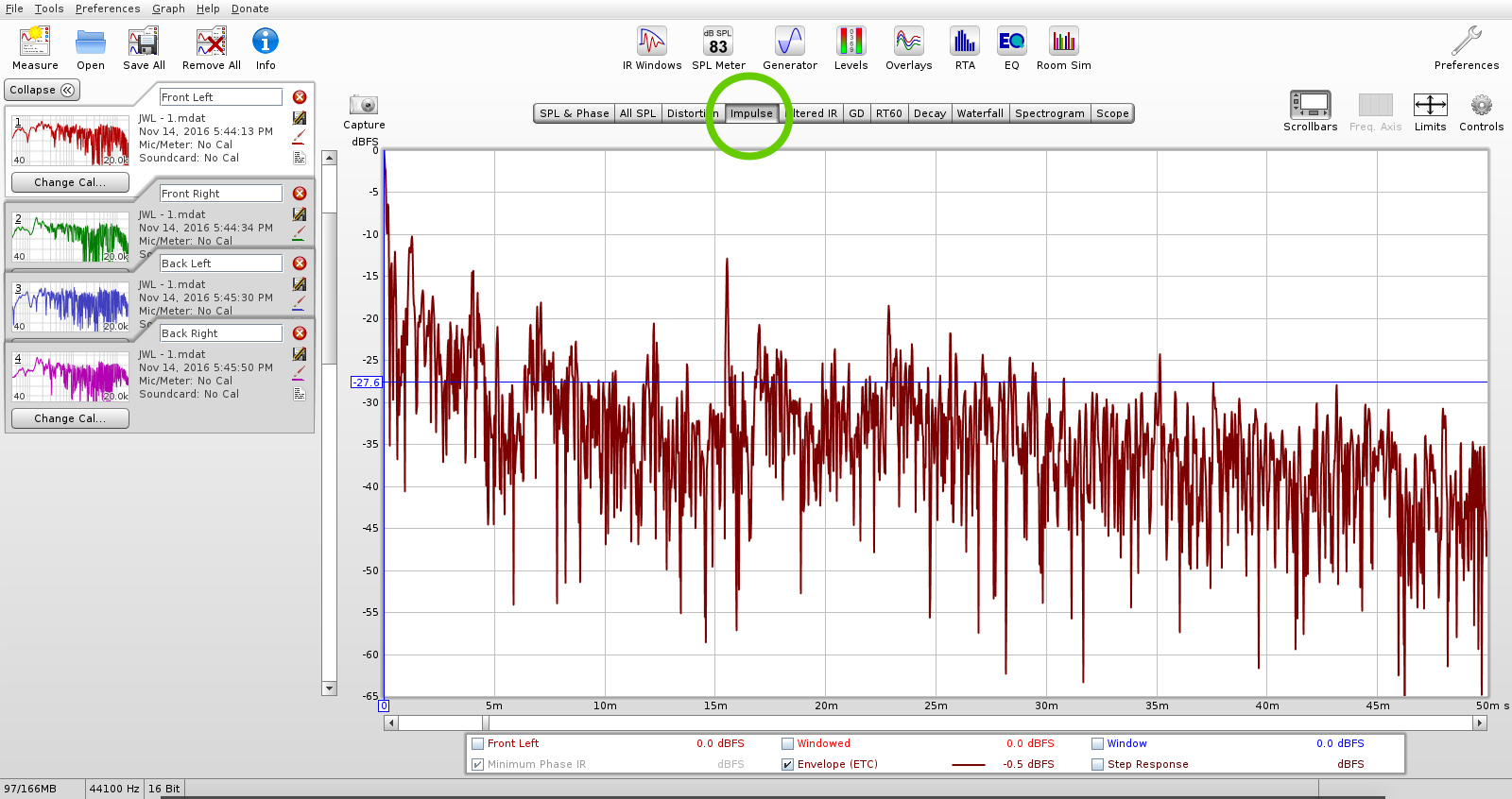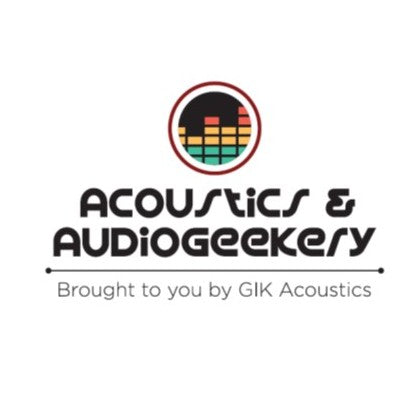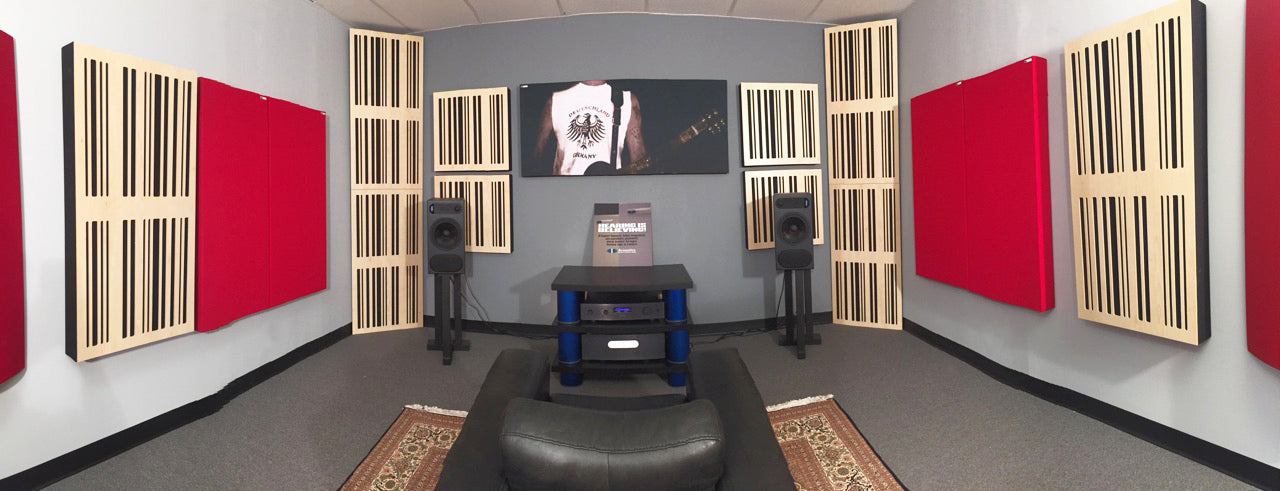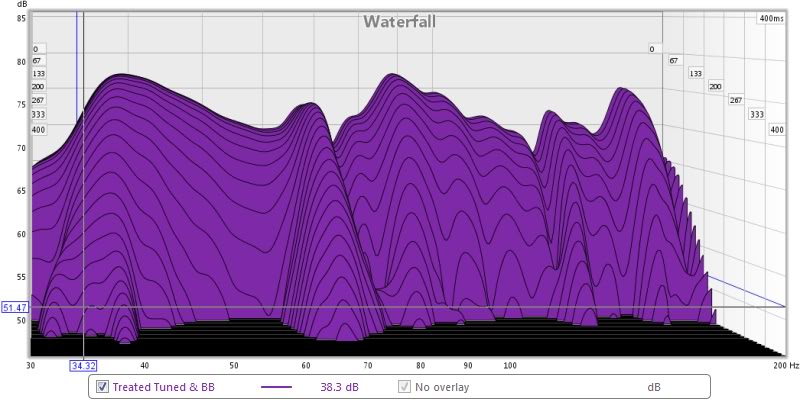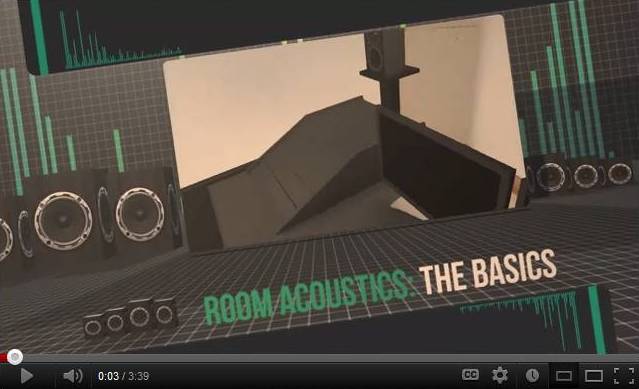The Diffusion Dimension Download
Given GIK Acoustics’ entry into the world of two-dimensional diffusion with the Gotham N23 5″ Quadratic Skyline Diffusor and the 2D Alpha Panels, it’s no wonder people have been asking about the differences between one-dimensional (1D) and two-dimensional (2D) diffusion....
Diffusion Confusion? Diffusion is an enigma. On one hand, it’s probably the most famous mode of acoustic treatment, what with those sexy skyline diffusors that are so memorable; but it is also probably the most misunderstood of all acoustic treatment...
MIXING / LISTENING WITH HEADPHONES
by James Lindenschmidt Can’t I Just Mix With Headphones? Are all these expensive monitors and confusing acoustic treatments really necessary for audio engineers and producers? Why can’t I just mix on headphones? The short answer is, of course you can....
Unpacking ETC: Time-domain measurements & early reflections
by James Lindenschmidt Using room testing software to analyze a listening room has become a common practice over the past decade, even for non-professionals. Testing is a very useful tool to understand why our rooms sound the way they do...
Welcome to Acoustics & Audiogeekery
Hello, and Welcome! Welcome to the launch of Acoustics & Audiogeekery, brought to you by GIK Acoustics. I have been writing here for a few months now, but we recently decided to formalize my writings into this blog. The aim...
The Basics of Room Acoustics and How to Set Up A Room
COVERING THE BASICS In addition to displaying products at the HIGH END Show, GIK Acoustics-Europe General Manager, David Shevyn, presented a discussion on the importance of room treatments and the basics of room setup. Click here for more about our...
There’s a difference between a GIK Acoustics product and all others on the market. The U.S. Patent & Trademark Office issued utility patent US 9,091,060 for GIK’s unique, proprietary design of its acoustic absorbers. The patent covers the design and...
Understanding Decay Times and Waterfall Graphs
Decay time waterfall graphs and frequency response charts are tools to measure the acoustics of a room. This article looks to demystify and explain what these graphs and charts really mean. Most of us have seen frequency response charts before...
The Basics of Room Acoustics: Bass Traps, Diffusors, Acoustic Panels
This video explores the basics of room acoustics and also how to treat the acoustics of a room. Most of us are in smaller, residential listening spaces which are on average 12ft X 15ft X 8ft in size. We usually...
